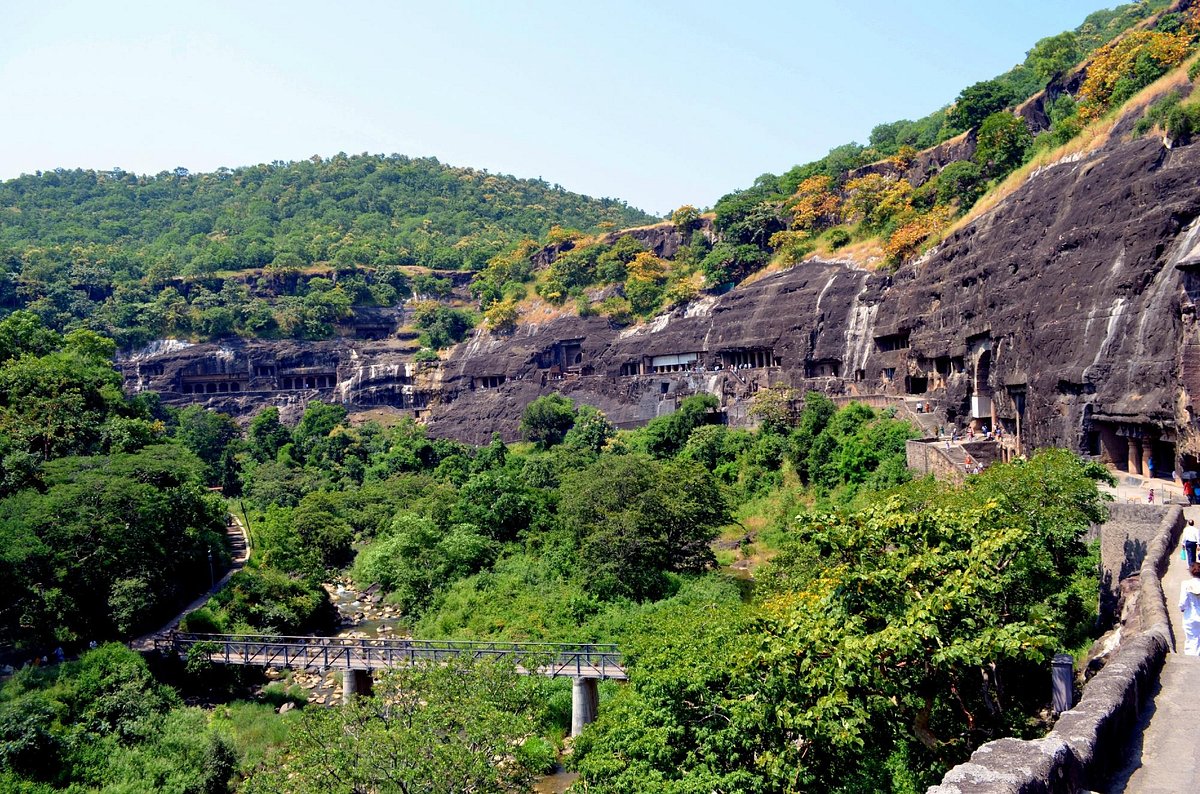The Ajanta Caves are ancient Buddhist cave monuments located in India, dating back to the 2nd and 1st centuries B.C. and the 5th and 6th centuries A.D. During the Gupta period, more caves were added with rich decorations, making them masterpieces of Buddhist art. The caves were carved into a vertical cliff above the river Waghora, and there are thirty of them, including chaityas (sanctuaries) and viharas (monasteries).
The first phase of excavation took place during the rule of the Satavahana dynasty, where six caves were created by Hinayana/Theravadin Buddhist followers, worshipping Buddha in a symbolic form. The chaityagrihas had vaulted ceilings, an apsidal end, and a chaitya window. The monasteries had a central hall for congregation and dwelling-apartments for monks.
In the second phase, Mahayana Buddhist followers dominated, worshipping Buddha in an idol form. They reused some of the earlier caves and created new ones with exquisite mural paintings and rich sculptures.
The Ajanta Caves are remarkable for their artistic achievements, and their style has influenced art in India and other places like Java. The caves provide exceptional insights into Indian art’s evolution and the role of Buddhism during the Satavahana and Vakataka dynasties.
The site’s integrity is well-preserved, and efforts are made to protect and manage it. The Archaeological Survey of India oversees the management, and laws regulate activities around the protected site.
To sustain the site’s value, important issues like visitor pressure, overall management, structural monitoring, and capacity building of staff need attention.
bhalakatha
prayas
mind plugin
#bhalakatha #prayas #MindPlugin





